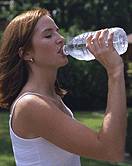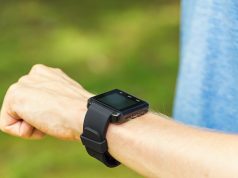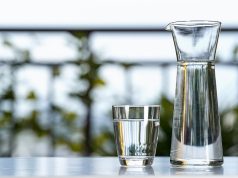Consuming excess fluids can lead to dangerous drop in sodium levels
THURSDAY, July 2, 2015 (HealthDay News) — Athletes should listen to their body and drink water only when thirsty to prevent exercise-associated hyponatremia (EAH) or “water intoxication.” The new guidelines were developed at the International Exercise-Associated Hyponatremia Consensus Development Conference in Carlsbad, Calif., and published in the July issue of the Clinical Journal of Sport Medicine.
The development of the new guidelines was prompted by the deaths of two high school football players from EAH last summer, the researchers said. “The release of these recommendations is particularly timely, just before sports training camps and marathon training begins within the United States — where the majority of EAH deaths have occurred,” the lead author of the consensus statement, Tamara Hew-Butler, D.P.M., Ph.D., associate professor of exercise science at Oakland University in Rochester, Mich., said in a journal news release. “Our major goal was to re-educate the public on the hazards of drinking beyond thirst during exercise.”
Athletes and coaches must also be aware of the risks associated with “forced hydration” practices. “Every single EAH death is tragic and preventable, if we just listen to our bodies and let go of the pervasive advice that if a little is good, more must be better,” Hew-Butler said.
The consensus statement also advises physicians that EAH treatment should be based on the severity of patients’ symptoms — not just their sodium levels.
Full Text
Copyright © 2015 HealthDay. All rights reserved.








